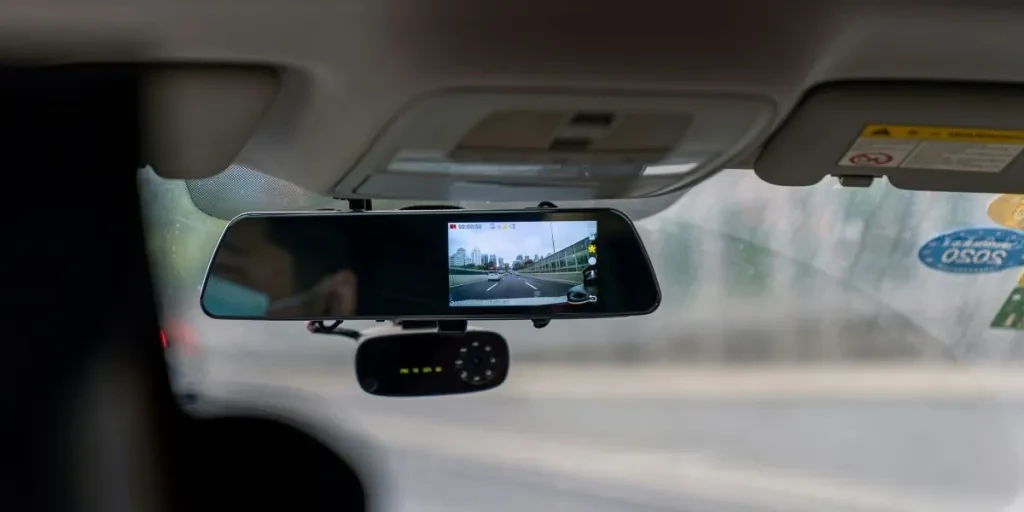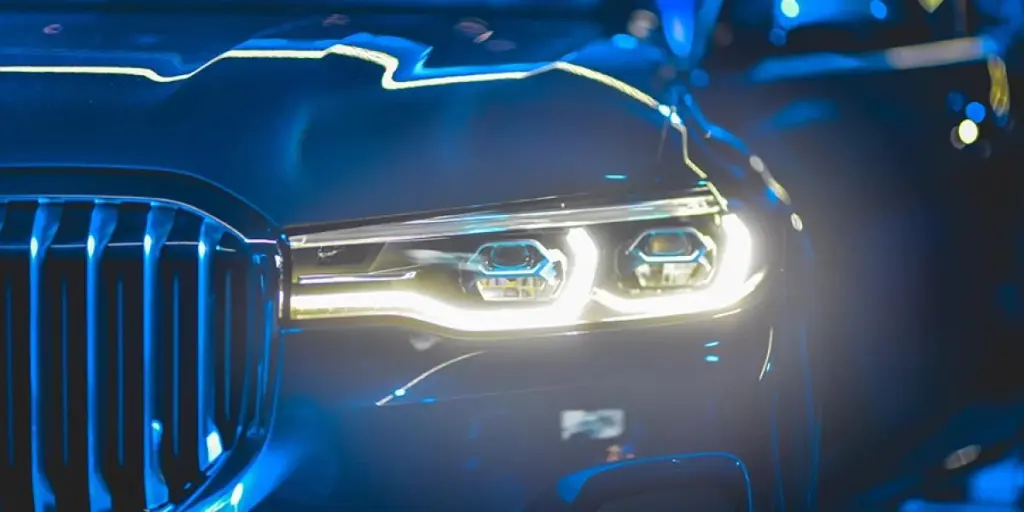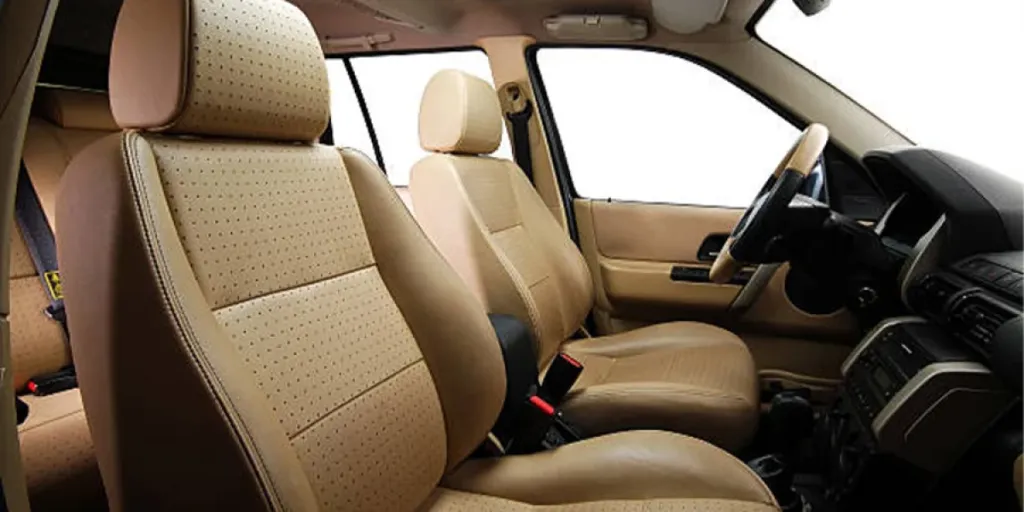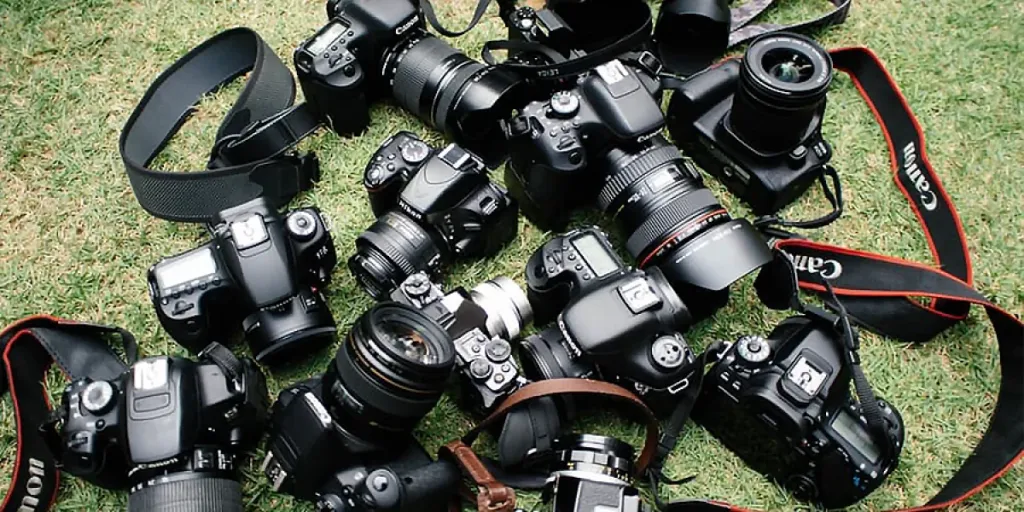A dash camera, popularly known as a dashcam, is a small camera mounted on a vehicle’s windscreen or dashboard that continuously records views from the front and sometimes the back of the vehicle. Dashcam installation is gaining popularity as more people want to secure their personal and vehicle safety. They are also important in case of an accident, as they have crucial evidence.
Small businesses and retailers should take advantage of the popularity of dashcams and add them to their inventory. This guide helps you know the importance of dashcams, their types, and how to install one so you can help your customers.
Table of Contents
Global market overview of dashcams
Importance of installing dashcams
Types of dashcams
Dashcam features
How to install a dash cam?
In summary
Global market overview of dashcams
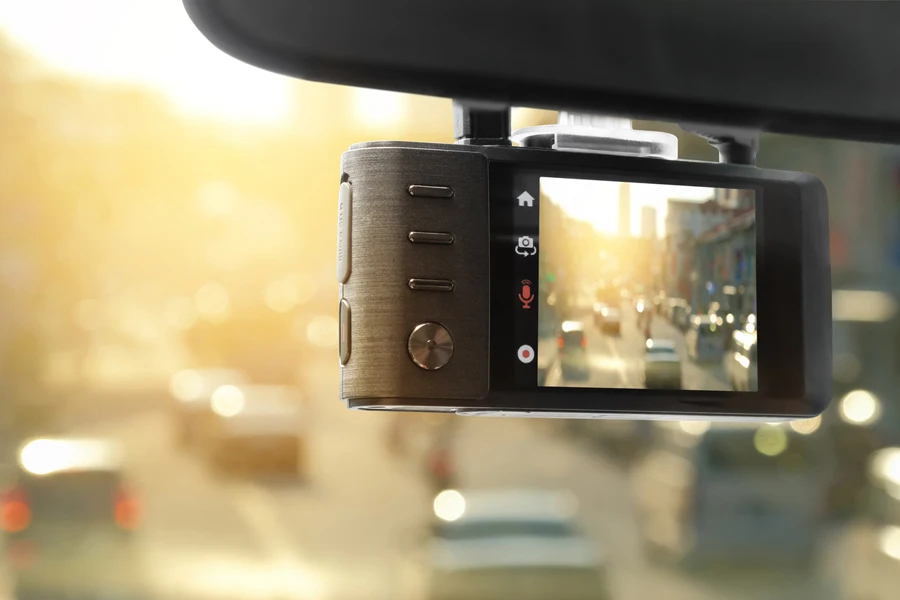
The dashcam market size is growing fast. According to Mordor Intelligence, it is projected to be valued at USD 5.13 billion in 2025 and is estimated to reach USD 9.40 billion by 2030 with a compound annual growth rate (CAGR) of 12.9%.
The market has grown rapidly in Europe over the last few years due to increased accidents and theft. Over the last few years, more people have realized the importance of dashcams in commercial and private vehicles.
In addition, the increase in demand for advanced driver assistance systems has contributed to the growth of the dashcam market size. With the increased demand for connected cars, the demand for dashcams will continue growing in the coming years.
Importance of installing dashcams

As a small business or retailer selling dashcams, you must emphasize the importance of installing dash cams for your customers. Some of the reasons why installing dash cams is important include:
Enhanced safety: A dashcam will help your customers improve their road safety by documenting potential dangers, incidents, and accidents on the road. Research shows a decrease in accident-related costs when drivers used dash cams with driver feedback.
Assist in insurance claims: Dashcam footage is vital in resolving insurance claims after an accident. It provides hard evidence one can’t argue with and ensures rapid and fair dispute settlements.
Deter fraudulent claims: Dash cam footage provides hard evidence for the insurance company and the driver to deter fraudulent claims and protect the driver from being implicated in false claims.
Security: A dashcam on a vehicle offers an extra layer of protection against vandalism, theft, and incidents on the road.
Types of dashcams
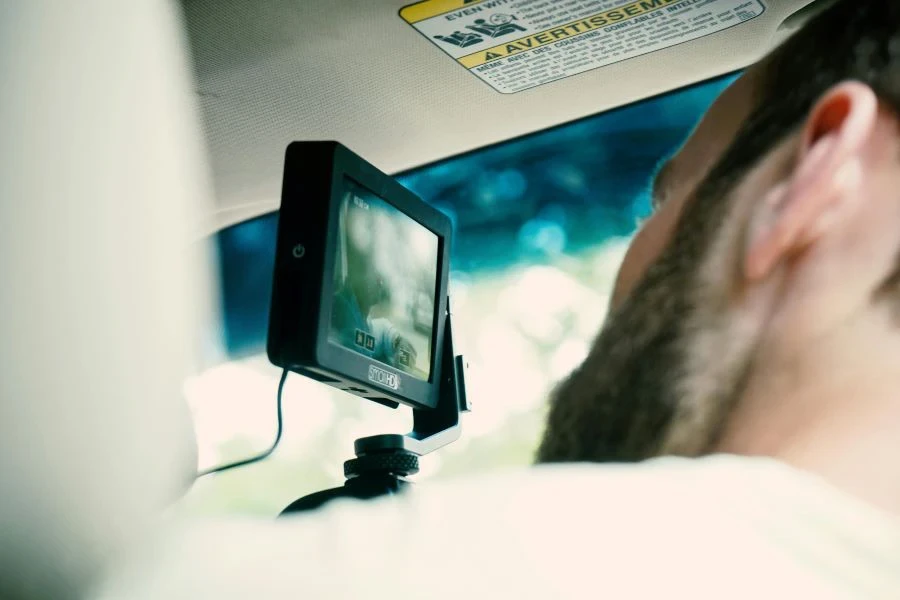
Now that you know the importance of dashcams, here are a few types that you can stock to give your customers variety according to their needs and preferences.
Front-facing dashcams: These are also known as one-channel products. They are mounted on the dashboard or windscreen facing forward, capturing everything within their sight.
Dual-channel cameras: These are front and rear cameras. In addition to the dashboard camera, one has a secondary camera mounted at the back of the car to cover events behind it.
Four-way channel dashcams: In addition to the rear and front cameras, the four-way channel dashboard camera has one fixed to either side of the vehicle. Commercial vehicles mostly use multichannel cameras.
The dashcams simultaneously record and store footage on a centralized memory card; some new models can store the files individually. When the memory card is full, it overwrites the footage.
Dashcam features
When selling dashcams, it is imperative to understand their features and what customers are looking for. Some of the key features to highlight to your customers include:
Video quality: Advise customers to buy 4K and HD resolution dashcams for clear footage. The video quality is essential when viewing footage and identifying people in case of vandalism incidents or accidents.
Storage options: It is important to emphasize the importance of large capacity and expandable memory cards for dashcams. You can also sell these memory cards to customers buying your dashcams to increase revenue.
GPS tracking: Modern dashcams have GPS tracking capabilities, which makes it easier for drivers to know routes and monitor their speed.
Night vision: Dashcam cameras with night vision are crucial to capture footage in the dark when most vandalism and theft incidents occur.
Motion detection: Some dashcams have motion detectors, which significantly enhance security.
How to install a dash cam?
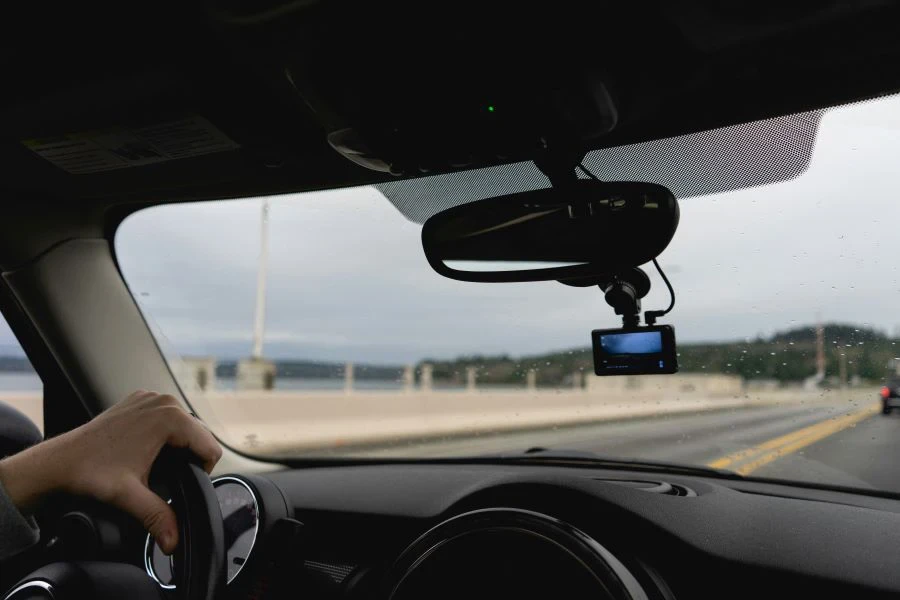
As a retailer, you should know how to install a dashcam to guide your customers when they buy one. With more people preferring to do it themselves, you can guide them in installing a dashcam as an after-sales service.
A person doing DIY dashcam installation will need to have these materials and tools:
- Dashcam unit
- Compatible memory card
- Clean cloth
- Wax and grease cleaner
- Power cables
- Cable clips or adhesive mounts
- Fuse tap (if one is hardwiring)
Installing a dashcam involves five main steps.
1. Choose a mounting location
When installing a dashcam, one must choose a suitable position to mount the camera. If the camera is front-facing, one can place it behind the rearview mirror. For a rear- and front-facing camera, ensure the mirror does not obscure the view.
One should also ensure the windscreen wipers can clear the rainwater where they mount the camera.
2. Clean the area
Using a clean cloth, wax, and grease remover, clean the area where you will mount the dashcam. Cleaning will ensure the dashcam sticks when using a suction cup or an adhesive mount.
Testing the wax remover in an inconspicuous place before cleaning is vital to ensure it won’t discolor the dashboard.
3. Wiring the dashcam
Wiring a dash cam is as simple as plugging in the camera, routing the wires across the windscreen, and tucking it into the headliner. Then, tuck it along the dashboard to the twelve-volt socket. The camera will power up and turn off with your car ignition.
4. Hardwiring a dashcam
If one is hardwiring a dashcam, they will follow step three but won’t use the wire that came with the camera. Plug in the camera hardwiring kit and run the wire as in step three, instead of going to the twelve-volt socket. Go for the fuse block.
5. Find a power source
Consult the user manual to learn how to power a dashboard camera. It will show whether it needs a constant, ignition, or accessory power source. Look for a suitable earth point under the dashboard and clip a test light.
Turn on the ignition and probe the fuses until the test light comes on. Then, turn the ignition off to determine whether it is constant or switched.
Remove the fuse and replace it with an adapter. Attach the negative terminal on the hardwire kit to the earth point, and your dash cam hard wiring is complete.
In summary
Dashcams boost a driver’s safety and provide hard proof in case of vandalism, theft, or disputed insurance claims. Different dashboard cameras have different features, and retailers should stock different types with diverse features to attract customers with different budgets, tastes, and preferences.
As a retailer, sharing knowledge of dashcam installation with your customers will place you as a trusted source and ensure customer satisfaction and loyalty.
